Tales of biblical floods and vengeful native bush have really captured the imagination of our governments. Throttled might be a more appropriate term. Our politicians don’t seem to have the CO2 for discussing much else. It is as though an Harari hacking has infused them with the Spirit of Gaia.
The people who mandated the mRNA / AZ poison on us are now desperately concerned about our future based on chimerical climate modelling.
In one of her recent videos Kate Mason told us:
”The Australian Government is transforming private property ownership all under a catastrophic climate modelling landscape”.
She urged us to look up documents such as the Sendai Framework for Disaster Risk Reduction and the related National Risk Reduction Framework which the Australian Government has signed up to along with adaptation plans being promoted under the United Nations Environment Program. So I did.
This report acts as its own invitation to remodel Australian lives:
”As Australians see the growing potential for natural hazards to trigger devastating disasters, we rightfully expect that all sectors of society will work together to limit these impacts”.
From this report we learn that our federal government was an early Sendai adopter signing up in 2015 and that:
”The Sendai Framework states that to strengthen resilience, countries must prevent new and reduce existing disaster risk”.
So this is one of many pre-emptive models our governments have agreed to put in place in order to “keep us safe”. It will be a little like “vaccinating” the bush and coast.
We also learn:
”The United Nations Office for Disaster Risk Reduction [UNDRR] recognises that progress in implementing the Sendai Framework supports the global community in meeting the Sustainable Development Goals”.
and that:
”Disaster risk reduction can UNLOCK ECONOMIC OPPORTUNITIES. Broader social and economic benefits can also be realised even without a hazard occurring. This can be true of investment in disaster risk reduction by all sectors across the built, social, economic and natural environments”.
Finally, we find the Australian Government is working:
”Across all sectors, we are already working together to enrich Australia’s prosperity, wellbeing, economic growth and international standing. By taking collective action now to reduce disaster risk, we can ensure Australia continues to sustainably enjoy the benefits of global change”.
and
”Acknowledging that disasters have growing potential to undermine economic and social development, the success of the framework should also be measured against relevant Sustainable Development Goals, particularly those relating to the reduction of poverty, health and wellbeing risks, education, protection of the natural environment including marine and coastal ecosystems, development of resilient infrastructure and increased number of sustainable cities”.
So we are going to “enrich Australia’s prosperity” and “ensure Australia CONTINUES to SUSTAINABLY enjoy the benefits of global change”. How has your prosperity been enriched lately? Are you enjoying the benefits of global change too”.
Through this framework, the Federal Government has committed us to the United Nations Sustainable Development Goals. Increasingly, you and your children are proud Global Citizens.
Another document Kate referred to was the Draft Disaster Adaptation Plan (DAP). The NSW Government kindly wanted to know what we thought of their work and invited us to make a submission.
The Disaster Adaptation Plan turned out to be a cunning invitation to read another 400 pages of reports before starting on the related Acts and management programs (referred to in the far right column. See a list of additional plans in left column).
Troubles when trying to “Have My Say”
Now, I won’t lie to you and say I read all of this but I gave the Disaster Adaptation Plan and The State Disaster Mitigation Plan a good deal of attention. Enough to put in a 10 page submission.
If what Kate tells me is true and this really is a project aimed at protecting the bush and the coast from human habitation, I decided that I should probably put some time into it.
So imagine my surprise and disappointment when the SUBMIT button on the “Have Your Say” page did not work. Closing date for submissions was 5pm Friday 23rd August and when I hit that button on Thursday night nothing happened. Other people contacted me having had the same experience.
I spent much of Friday morning trying to get this matter addressed and finally spoke to Selena Adams in Media at the Reconstruction Authority who confirmed the existence of a problem.
She also gave me an email address so I could send on my submission:
Disaster Adaptation Planning - dap@reconstruction.nsw.gov.au.
In my email, I requested that staff address this problem and extend the submission closing date (see complete email trail with Reconstruction Authority). It is certain that busy people who had this problem without the time to navigate a tortuous government bureaucracy would have missed the deadline.
In return I received this encouraging response:
With this assurance and acknowledgement, I returned to my messy existence confident that the Reconstruction Authority had our best interests and this matter well in hand. Imagine my surprise Monday morning when I saw that the time for submissions had not been extended after all.
For all the fine words about community consultation and valuing our input our governments’ behaviour points to another agenda that is not being discussed with the broader community.
Regardless of petty difficulties in making submissions, it would be hard to argue that government planning and implementation isn’t running well in advance of public awareness and real public consultation. Something strange is going on.
Sean Kidney tells us who owns the Planet and it is not you
What is going on? Let’s talk to Mr Sean Kidney, internationalist, who seems to know. While we little people struggle with the meaning of life, important people have worked it out. It’s all about risk. And there is plenty of money to be made if one understands it (clip length 16m 45s).
I found the whole interview fascinating. Sean Kidney tells us we are a species not a nation. YOU have been reckless, yes YOU, have been reckless in your management of the environment. The answer to everything is Green Bonds. Bondholders “own the planet”. The West doesn’t need more children. As long as it doesn’t care about colour, it can get them from anywhere. Bondholders bullying governments is an exciting trend. India needs to sell its gold to buy Green Bonds and we need to invest our retirement savings in Nigeria, Pakistan and Brazil.
How this man managed to contain his ego through this astonishing performance fractures my comprehension. Here is an Australian making it big on a very big stage.
Yet, the trend he describes is not one the Australian Government has failed to identify. Jim Chalmers announced our first Green Bond issue in June 2024.
But let’s make some connections.
So the vision espoused by Sean Kidney in the video, at least in part, informs government policy. Here we have his company, Climate Bonds Initiative setting out the taxonomy, certification and standards for the classification of a Federal Government Green Bond.
Is the Australian Government one of those Sean and his trillionaire mates are bullying or is the relationship mutually beneficial? Kidney was clear in pointing out the importance of infrastructure and the limitation of governments in being able to fund it from their balance sheets. Jim Chalmers seems to have already tipped his hat to that.
Will your home be climate compliant in 2054? That could be a problem NOW.
We need a couple more players to complete the picture. Meet Karl Mallon. He has been popping up on the ABC to reinforce the idea that our homes may very soon be uninsurable. According to Karl, Government buy outs may be essential and banks may not lend NOW on properties where risk is predicted as far out as 30 years in the future. He seems to agree with Sean that everything is about risk (clip 2m 34s).
Karl is a founding board member of Kidney’s Climate Bond Initiative (CBI) and entering his name in the CBI website brings close to twenty entries. He was a CBI Trustee and is now a member of the CBI’s Sydney Advisory Panel. And they are linked through the Climate Risk Group where Sean is principal at CBI and Karl at XDI.
They have also co-authored numerous articles and shared speaking platforms or attendance at numerous events such as COP 15.
All of this is not meant to suggest anything illegal or even untoward. It simply infers a lack of conflict of interest between these partners. One organisation points to climate risk and the other to where investment income must come from to repair any infrastructure related to this risk.
I have used these two fellows and their organisation to describe a symbiosis but there will be many other players, companies, projects and opportunities that make up this new World of Risk.
For example, a story in Wednesday’s Sydney Morning Herald featured risk analyst Tom Mortlock of insurance giant AON, UN pudding Antonio Guterres and an expert on glacier and ice sheet melting in Antarctica from mRNA vaccine manufacturing hub Monash University:
”Why half a million Australian properties could be all-but uninsurable”.
We live in an Age of Pre-Emption. We no longer wait for disaster. We predict them, even thirty years out and get on with the critical task of pre-emptive building and repairs. This may not have started in earnest just yet but it appears the direction in which government is pushing us.
The third leg on this chair is huge investors like BlackRock. As its CEO Larry Fink, explains here, the sort of infrastructure spending needed to address the problems described above is much bigger than Australian investment can handle and much bigger than any government Green Bond program.
BlackRock will save us
The world Sean Kidney described was one with space for both public and private sector investment. Companies like BlackRock are eager to fill as much of this space as they can and have proved their commitment to this by purchasing infrastructure investment fund Global Infrastructure Partners (6m 55s).
When a news story opens with the interviewee asking the interviewer how his wife and kids are, I know what follows will be forensic UFC-style analysis.
The commitment of governments to direct big investors via ESG policy is the fourth and final leg in what is certain to be a very sturdy chair. The Australian Government plans to legislate requiring corporations to report their climate risk position beginning day one next year (see the E in ESG).
In turn, ESG compliance is used by companies like BlackRock to direct investment away from companies that choose not to comply or don’t comply with sufficient zealotry. It should be noted that this is not happening without some reassuring opposition. Government legislation closes the loop by forcing compliance (clip 3m 16s).
This is part of the reason for Sean Kidney of CBI’s excitement about Green Bonds. His work for the Australian Government includes developing a Green Bond taxonomy and certification that gives them this ESG tick of compliance.
One of the vitally important things Kidney told us was that much of our current world’s investment in fossil fuels and related industry will be gone. His exact words were, “Those portfolios will be decimated”. So where does that leave our pension funds?
From a Federal Government perspective, there is a sense in which Green Bonds are really just a marketing trick. Governments never have a problem selling bonds. They could sell regular bonds and use them for so-called green purposes. So what is this about?
Putting it all together
By putting these last two paragraphs together we can see that a whole new area of investment and opportunity will be found in new green infrastructure. Sean, Karl, Larry and Jim Chalmers can see it. In fact, they are making it happen.
This might mean rebuilding towns and relocating communities to ensure climate resilience or merely making our homes Green / ESG compliant. It might mean the rebuilding of cities with pre-emptive surveillance which comes over time to replace the need for government itself.
In truth, the opportunities are endless. Add Social Impact Bonds to address the resilience and Wellbeing of people who have lost their homes or their community and you have a wholistic investment package
And all of the above is built on the notion that human activity is the major cause of climate change. No other cause is considered. None of this works unless this understanding is ground into our consciousness. No debate will be entered into. The opportunities are too vast for it not to be true.
Meanwhile, I still have that outstanding request in to the Federal Government’s Net Zero Taskforce seeking a definition of Net Zero.
What the climate change lobby really needs is the help of people like the Vaccine Confidence Project to bring us along. Without the requisite social conditioning and considering the vast nature of these changes, things could get messy. We might need to get something like the old Heidi Larson and Julie Leask team back together.
It might take “nudgers” from a different discipline a little time to pick up the right verbal hooks but people like this trade in lies. The techniques are the same regardless of the subject. Companies such as R J Reynolds made the template.
Rooted is a perfect description. Overseas readers may need some help with interpretation from an older Australian friend to make the connection.




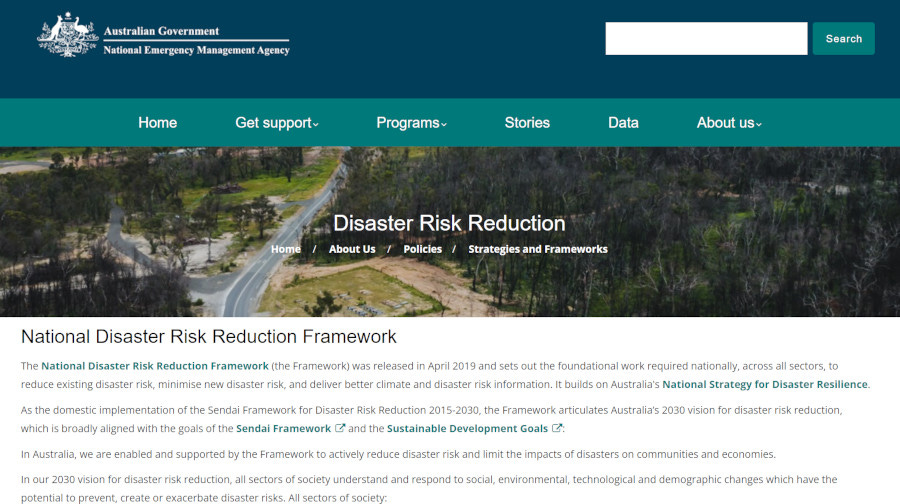
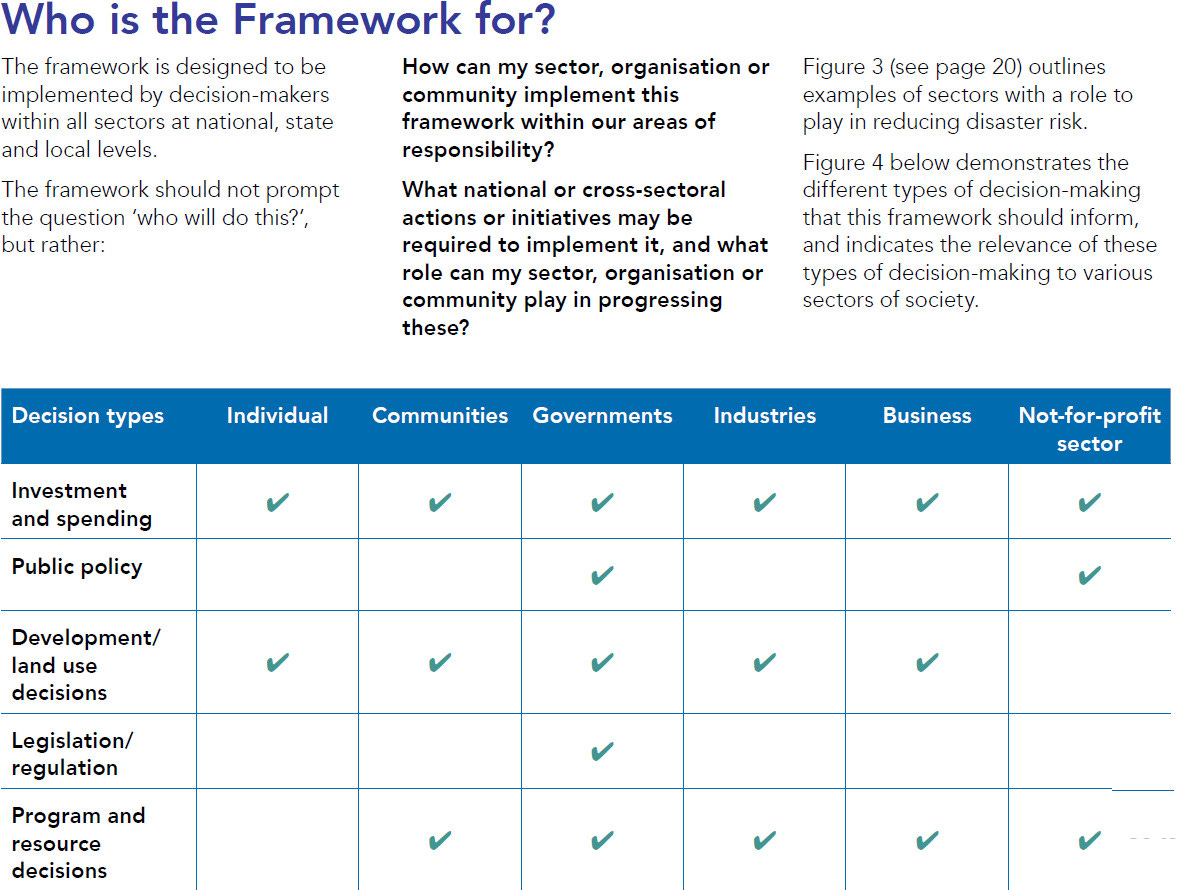

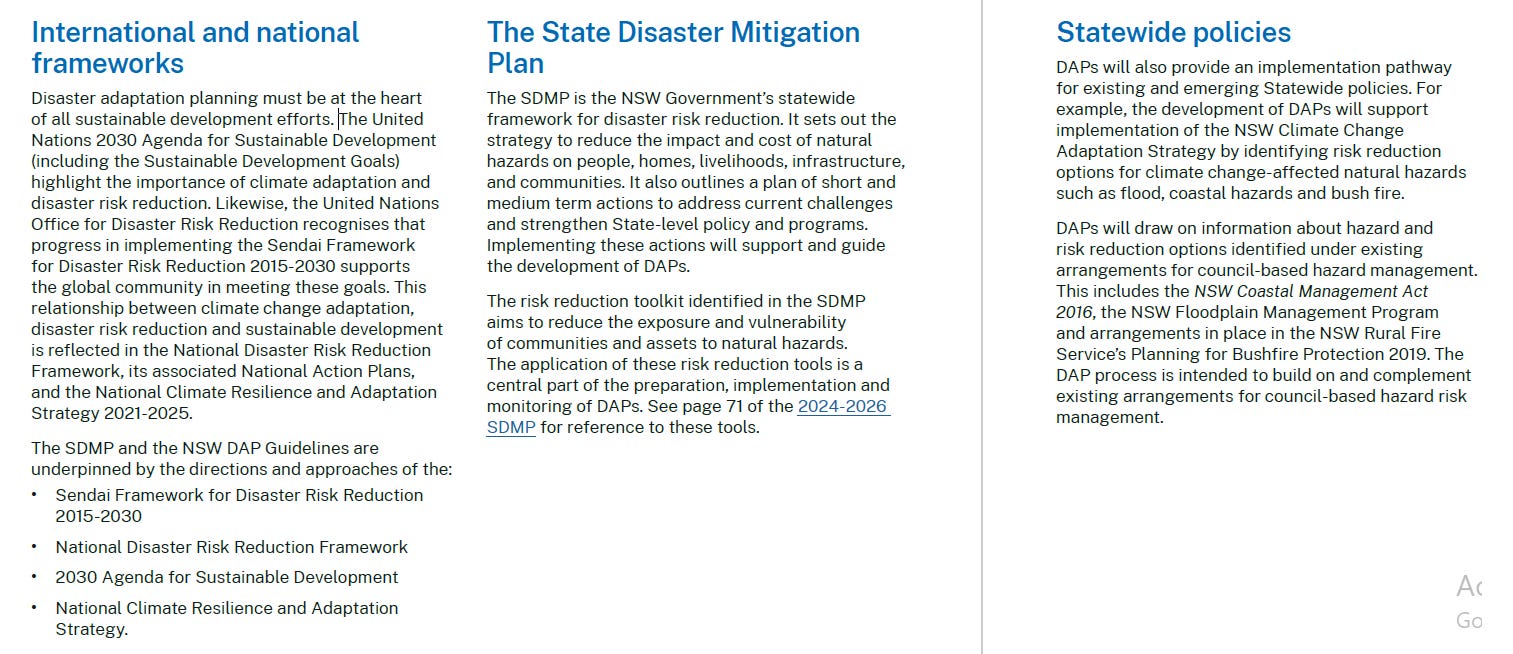
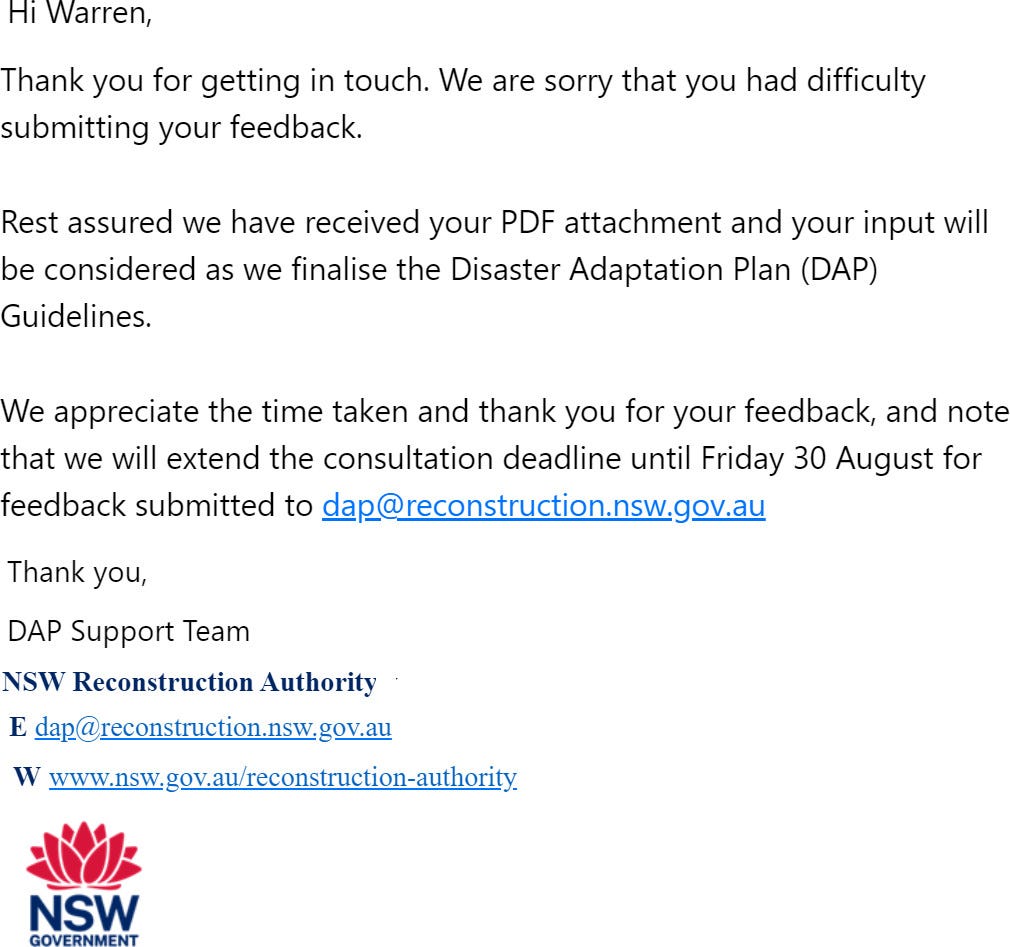
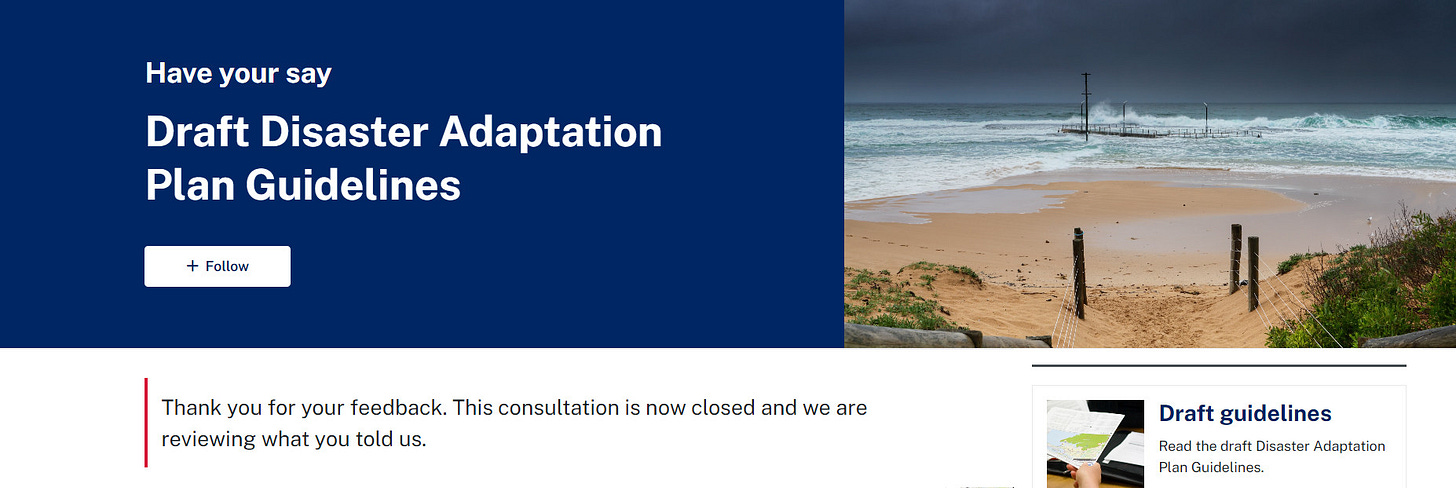
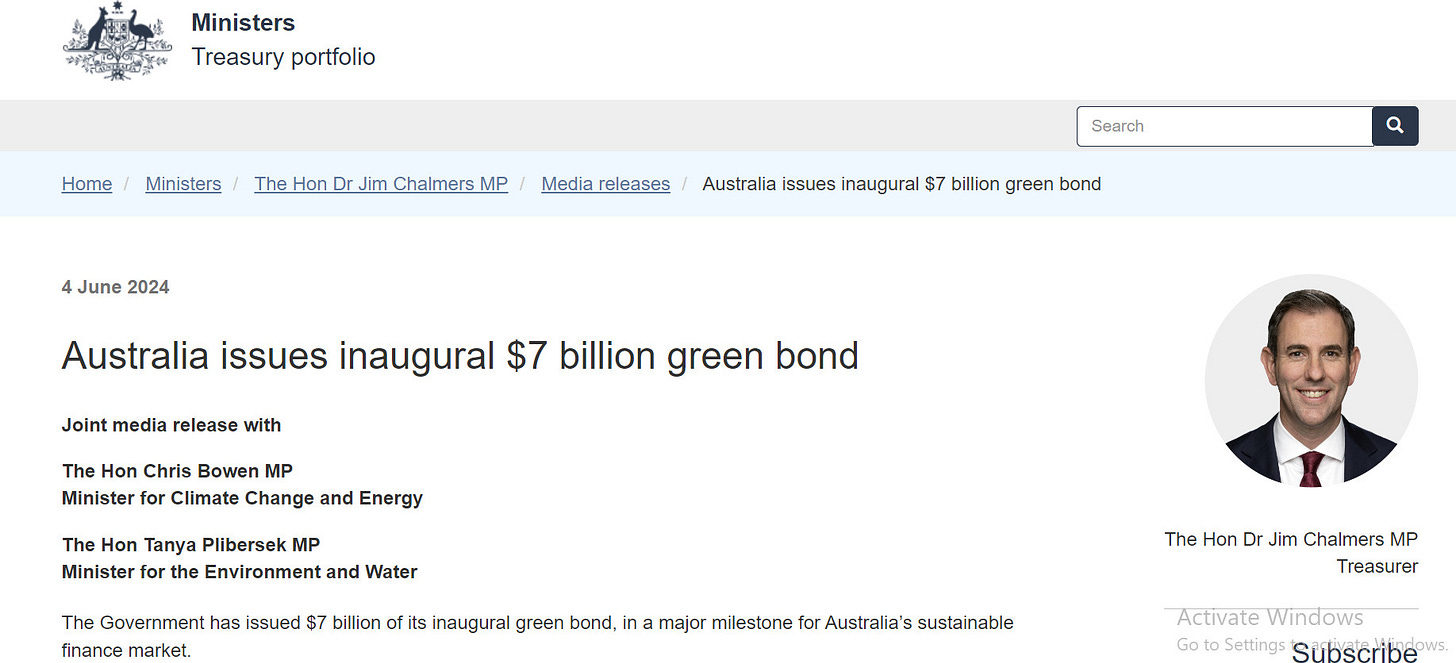

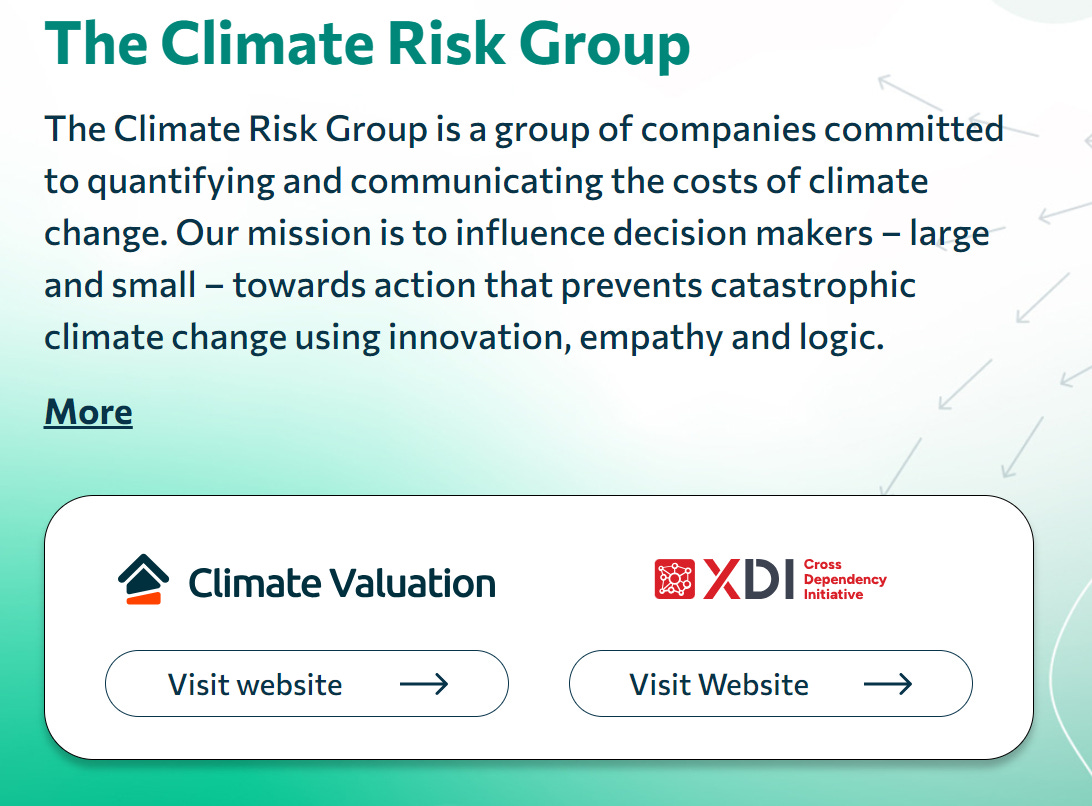
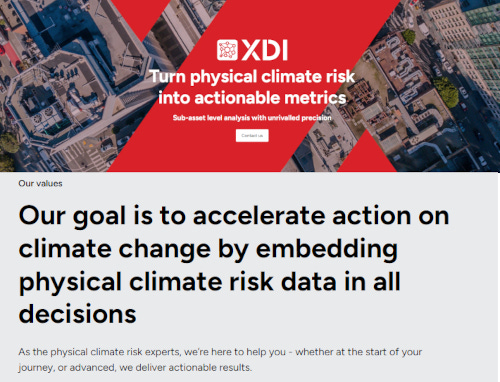
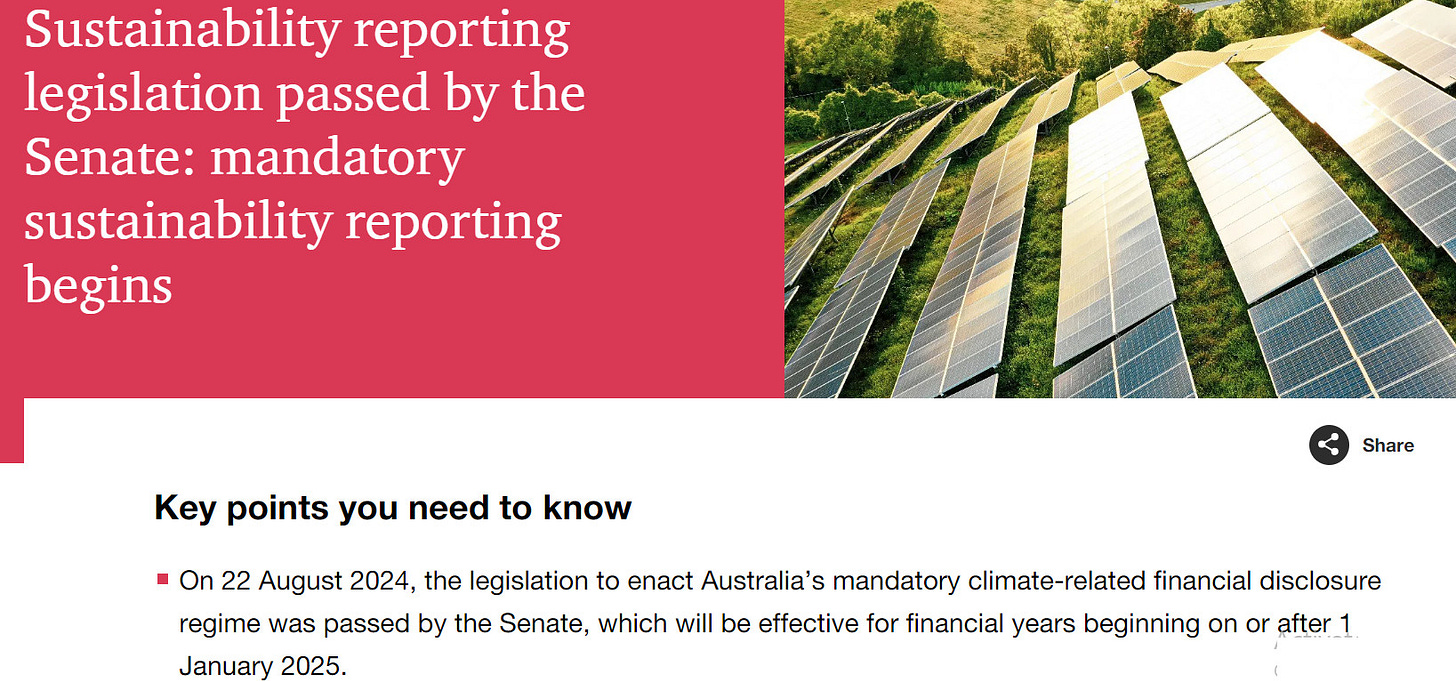

Heidi and Julie will have to team up with John Cook, who has been Nudging us along on climate ("debunking climate deniers" and creating the 97%-of-climate-scientists-agree" meme from his PhD) for many years now, and has recently "diversified" his "cognitive inoculation" portfolio to include all manner of topics, including, of course, "prebunking" "misinformation" about the "vaccines". What a cosy crew THAT would make, eh! Here's Cook and buddies waxing lyrical about the power of their inoculation techniques: https://researchmgt.monash.edu/ws/portalfiles/portal/344861133/338159045_oa.pdf
Excellent job of extrapolating from and amplifying Kate Mason's valuable work.
Yes, "rooted" is the operative word, as in 'We'll all be ... said Hanrahan"!
But allow me to point out a correction needed. In the par. relating to the relationship between Kidney and XDI, I believe you meant to write "It simply infers a conflict of interest between these partners." instead of "...LACK of conflict of interest."